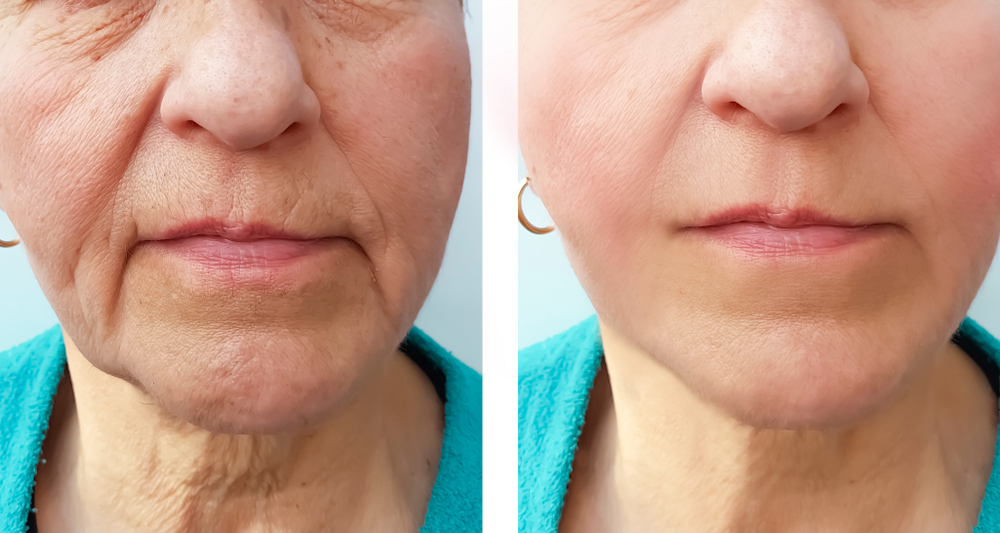
What is Botox Therapy for Overactive Bladder Syndrome?
Botox therapy for overactive bladder syndrome (OAB) is a minimally invasive treatment option aimed at managing the symptoms of OAB, including urinary urgency, frequency, and urge incontinence. Botox injections are used to temporarily relax the muscles of the bladder, reducing involuntary contractions and improving bladder function.
How is Botox Therapy for Overactive Bladder Syndrome performed?
Botox therapy for OAB involves the injection of botulinum toxin type A (Botox) directly into the bladder muscle using a cystoscope, a thin tube with a camera attached. The procedure is typically performed on an outpatient basis under local anesthesia or sedation. The Botox injections help relax the bladder muscles, reducing the frequency and urgency of urination and improving bladder control.
Who is a candidate for Botox Therapy for Overactive Bladder Syndrome?
Individuals who have been diagnosed with overactive bladder syndrome and have not responded to conservative treatments such as behavioral therapies or medication may be candidates for Botox therapy. A thorough evaluation by a healthcare provider is necessary to determine candidacy and discuss the potential risks and benefits of the procedure.
What are the benefits of Botox Therapy for Overactive Bladder Syndrome?
Benefits of Botox therapy for OAB may include:
- Reduction in urinary urgency and frequency
- Decrease in episodes of urge incontinence
- Improvement in bladder control and quality of life
- Long-lasting symptom relief with repeated treatments
What is the recovery process like after Botox Therapy for Overactive Bladder Syndrome?
The recovery process after Botox therapy for OAB is usually minimal. Patients may experience mild discomfort, urinary urgency, or frequency in the days following the procedure, but these symptoms typically resolve within a few days. Most patients can resume normal activities immediately after the procedure.
How long do the effects of Botox Therapy for Overactive Bladder Syndrome last?
The effects of Botox therapy for OAB typically last for several months, with symptom relief gradually diminishing over time. Repeat treatments may be necessary to maintain the desired level of symptom control.
What is the procedure after surgery?
Rest and Limit Activity: Avoid strenuous activities, heavy lifting, and vigorous exercise for the recommended period.
Keep the Area Clean: Gently clean the surgical area with water and mild soap as directed by your surgeon. Pat the area dry with a clean towel, and avoid rubbing or scrubbing.
Take Prescribed Medications: Take any prescribed pain medications, antibiotics, or other medications as instructed by your surgeon to manage pain and prevent infection.
Avoid Sexual Activity: Refrain from sexual intercourse and other sexual activities until your surgeon advises it is safe to do so. This typically takes several weeks to a month or more, depending on individual healing.
Wear Loose Clothing: Wear loose-fitting clothing, preferably cotton underwear, to minimize friction and promote airflow to the surgical area.
Attend Follow-Up Appointments: Keep all scheduled follow-up appointments with your surgeon to monitor your healing progress and address any concerns or complications promptly.
Avoid Tampons and Menstrual Cups: Refrain from using tampons and menstrual cups during your recovery period to prevent irritation and infection.
Stay Hydrated and Eat Nutritious Foods: Drink plenty of water and eat a balanced diet rich in vitamins and nutrients to support healing and boost your immune system.
Why Choose Samarpan Hospital for Botox Therapy for Overactive Bladder Syndrome?
Samarpan Hospital in Hisar, Haryana, offers expert care and advanced treatment options for individuals with overactive bladder syndrome, including Botox therapy. Our team of experienced urologists and specialists is dedicated to providing personalized care and optimal outcomes for each patient. With state-of-the-art facilities and a patient-centered approach, Samarpan Hospital is committed to helping individuals regain bladder control and improve their quality of life through Botox therapy for OAB.